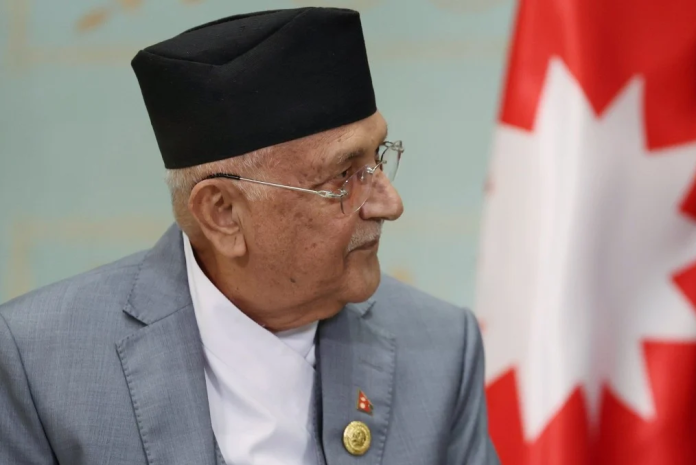Agencies
KATHMANDU: Nepal plunged deeper into political turmoil on Tuesday as Prime Minister KP Sharma Oli resigned following nationwide protests that left at least 19 people dead and hundreds injured. The resignation came just hours after the government rolled back its controversial ban on major social media platforms, which had triggered unprecedented demonstrations.
Oli, 73, stepped down late Tuesday evening after an emergency cabinet meeting, during which Interior Minister Ramesh Lekhak had already tendered his resignation. In a statement, Oli said he was “deeply saddened” by the deaths and acknowledged that the government had mishandled the crisis.
The protests erupted after the government blocked Facebook, YouTube, Instagram and X on Friday, claiming the platforms were operating without proper registration. The move outraged the public—particularly Nepal’s younger generation—who rely heavily on social media for communication, business and activism.
On Monday, thousands poured onto the streets of Kathmandu and other cities, chanting slogans against corruption and government censorship. Clashes broke out when protesters attempted to breach barricades near parliament. Police opened fire, with rights groups accusing security forces of using live ammunition. Amnesty International condemned the crackdown, while the United Nations called for a swift and transparent investigation.
According to police, 17 protesters were killed in the capital alone, and two more in Sunsari district. Nearly 400 people were injured, including more than 100 policemen. Witnesses described scenes of chaos, with hospitals overwhelmed and tear gas even seeping into emergency wards.
The social media blackout had intensified anger over longstanding grievances, including unemployment, corruption, and inequality. Viral TikTok videos contrasting the lavish lifestyles of politicians’ children with the hardships of ordinary citizens further fueled resentment.
“The ban was the final spark,” said one protester in Kathmandu. “This isn’t only about Facebook or Instagram. It’s about a corrupt system that refuses to listen.”
By Tuesday morning, the Ministry of Communication confirmed that the ban had been lifted. But Oli’s resignation later in the day signaled the depth of the political crisis in the Himalayan nation of 30 million.
The Kathmandu Post wrote in an editorial: “For Gen Z, digital freedom is personal freedom. Silencing social media meant silencing an entire generation—and they refused to accept it.”
Nepal has seen repeated restrictions on online platforms in recent years, including a nine-month ban on TikTok lifted only last year. Analysts say the latest unrest could push the country toward new elections or another coalition reshuffle.
For now, the streets of Kathmandu remain tense, with protesters vowing to continue their demonstrations until accountability is ensured for the deaths.

















